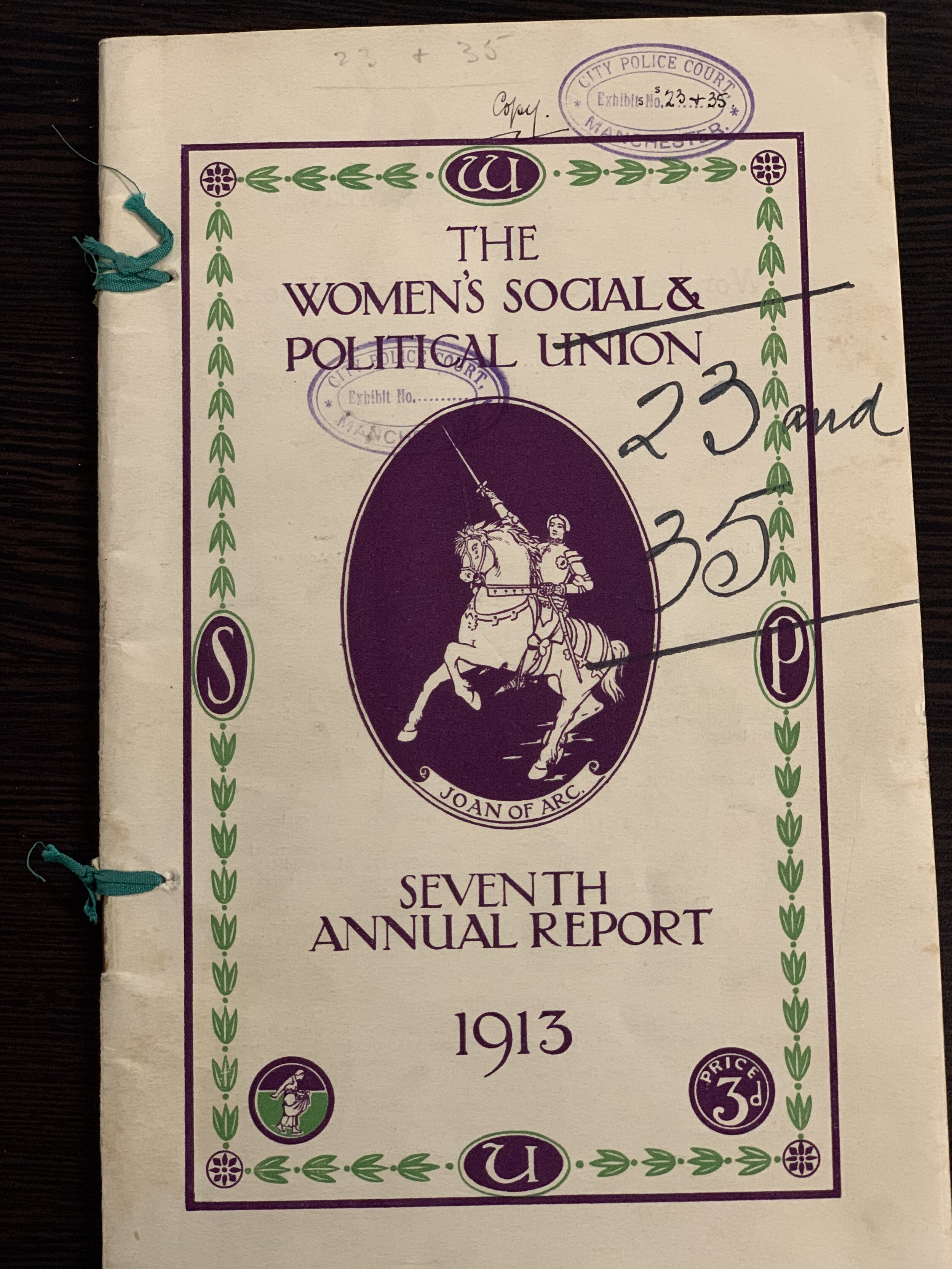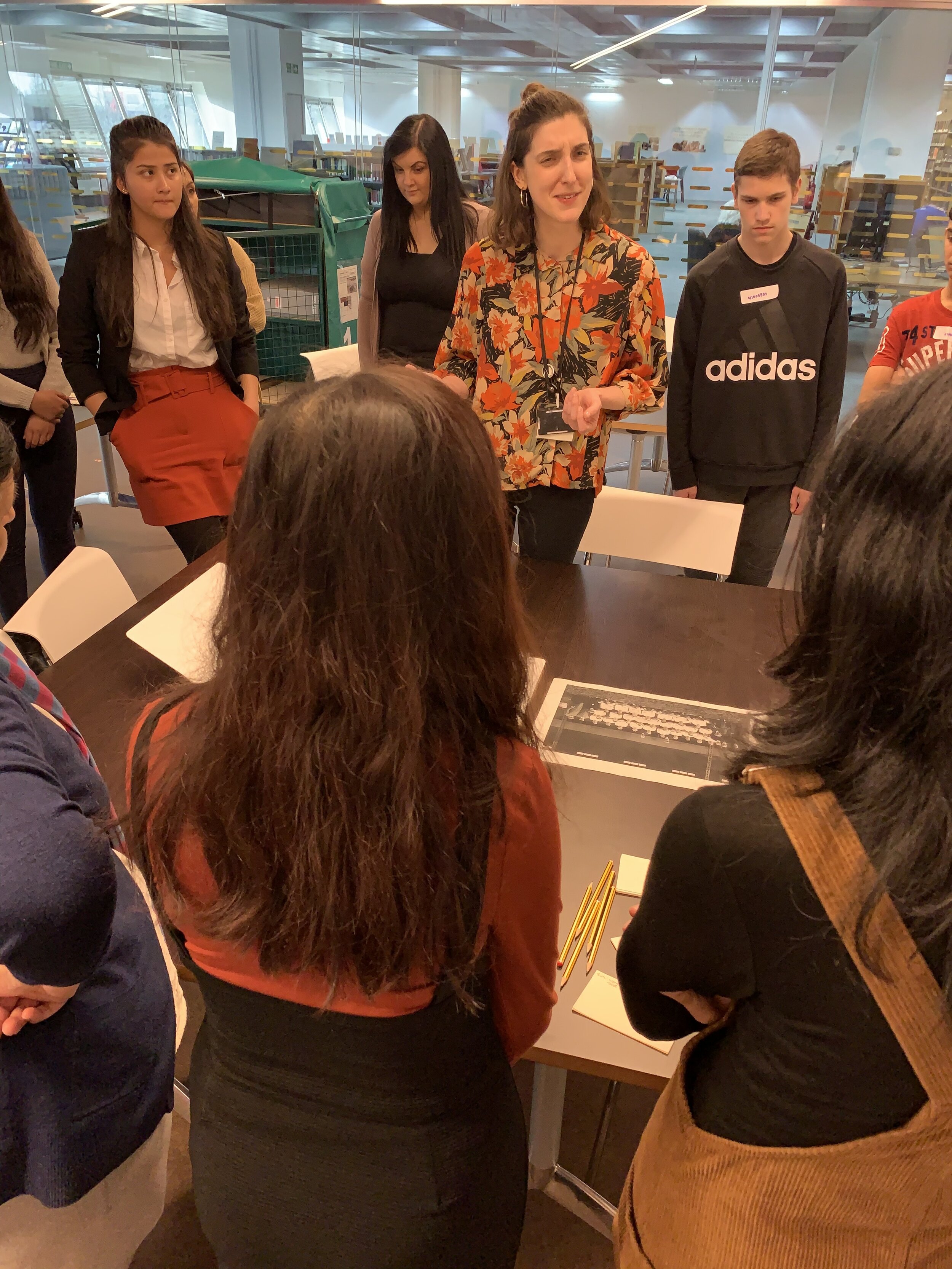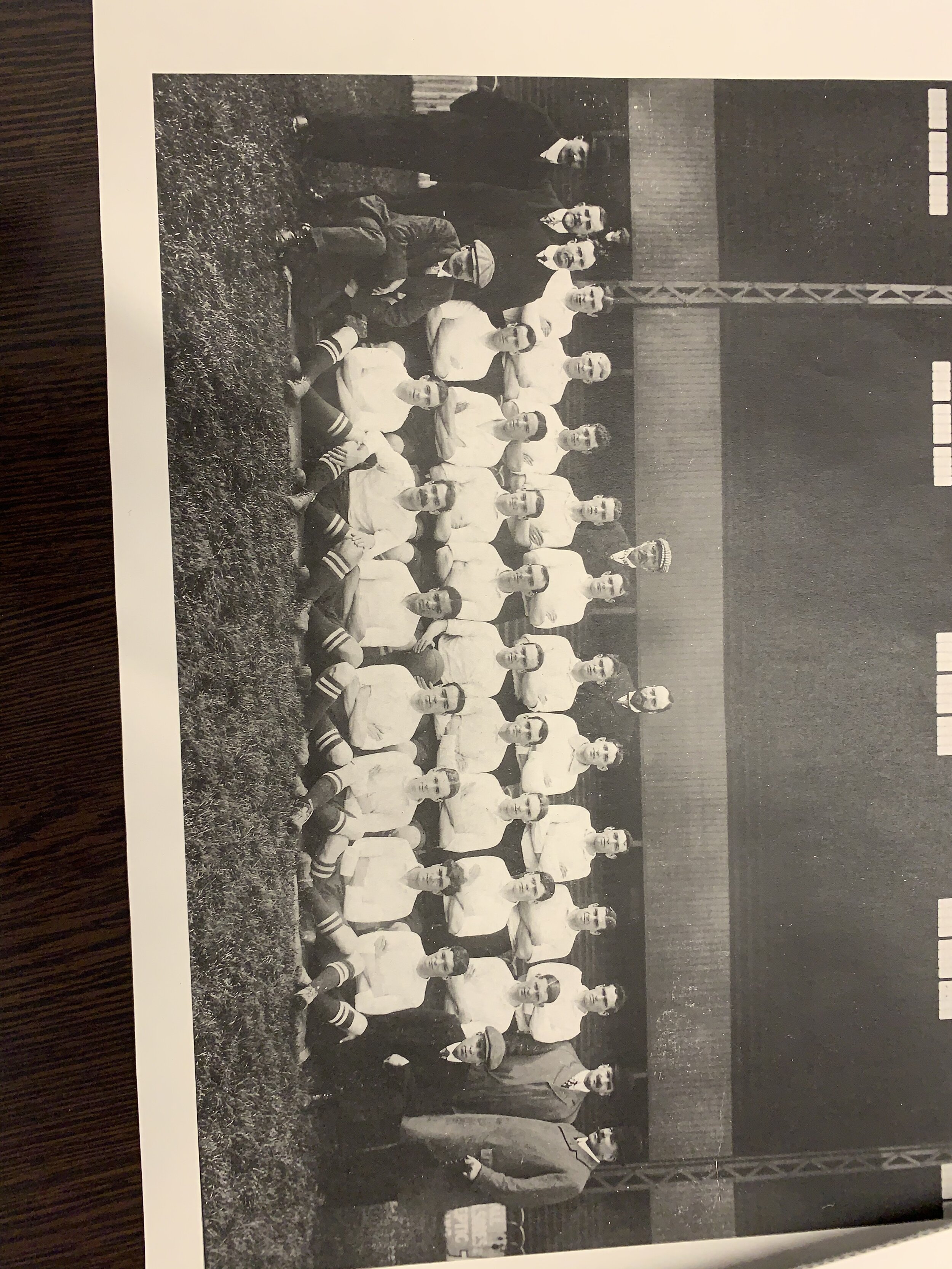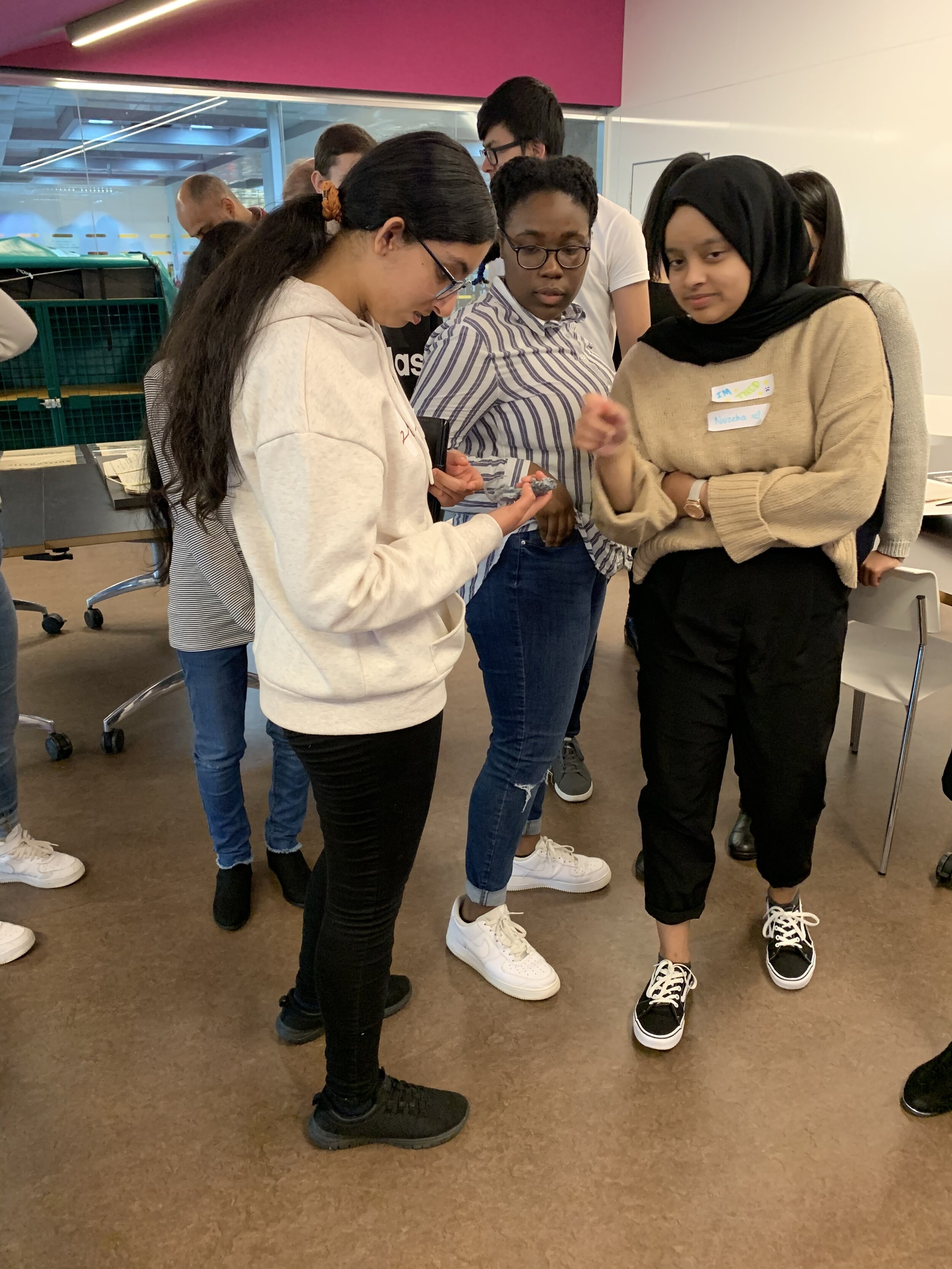Workshops at The National Archives
During the February half term break our young people and community volunteers attended a research workshop at The National Archives in Richmond, Surrey. For part of the Indian Women and War project we took the group for a fun day of learning, exploring stories of Women’s Auxiliary Corps India (WAC(I)), Noor Inayat Khan GC (an SOE spy) and other diverse histories that have previously been overlooked. Our young people had never visited The National Archives or London before, so the Education and Outreach team at The National Archives organised a really exciting day of learning.
We began the day discussing the importance of archives and how we work with these archives to use in heritage projects. Our young people haven’t learnt much about archives or original manuscripts, so today was important. They were excited that we will be using information from these archives and manuscripts to include in our project.
The National Archives hold a large collection regarding Noor Inayat Khan GC and it was great working together to create a workshop where the young people would go back to their communities and share what they have learnt. The young people were intrigued by Noor’s story, as she was a woman many of our young people could identify with. She was Muslim and had a similar skin tone as them. We explained that without women’s contribution like Noor’s, the Second World War would not have been shaped the way it was.
Working in small groups we explored Noor’s life - being born in Moscow in 1914 (the start of First World War) and moving to Paris to then end up living in London. Noor was a British spy and of Indian descent, in November 1940 Noor joined the Women’s Auxiliary Air Force (WAAF), in late 1942 she was recruited as a Secret Operations Executive (SOE) as a radio executive. The life expectancy for a SOE was six weeks but Noor lived beyond the six weeks and was only caught because she was betrayed. On 13th September 1944 Noor was shot to death in Germany.
As a group we discussed how in world travel is now accessible to all and easier for women of colour. In the past, women had to travel in the company of men and rarely allowed to travel alone, unlike today where women have the freedom. For many of our young people they had never left Birmingham and the project had made it possible for them to attend the workshop and visit The National Archives.
Together with the Education team we started creating a timeline and posters of Noor’s life. The discussion focused on what life might have been like for Noor being a spy, it was a dangerous job. Our young people could not believe the life Noor had lived, it was so far removed from their own personal journeys. The fact that the group learnt that when Noor was captured she tried to escape twice, one young person said “I would have been so scared to escape, especially as a woman”.
The creative workshop sparked conversation of why Indian women and their experiences were not discussed when researching wars and how their own parents do not know this history. The majority of South Asian parents do not know how to access these archives or even aware that there are documents relating to Indian women’s contribution to war. The workshop allowed young people to become aware of stories of women when discussing war, something that they have not be taught when studying history at school.
After lunch we explored the archives of the Women’s Auxiliary Corps India (WAC(I)). With the help of our historian we learnt how women living in India were allowed to be involved in Second World War, a contrast to First World War where there is little documented regarding Indian Women. In order for the WAC India to be created permission had to be granted by King George VI, British and Indian women would be working together. These women would be working together and joined the service because there was a shortage of men and they undertook roles such as telephone operators or office clerics. A typical role that women had during war was becoming a nurse, so the group found it interesting that there were other roles that these women were undertaking. This also meant that women were earning money for their families and with men away at war, it was a struggle looking after the family. The Bengal Famine in 1943 that left many families to die and without money. This was also a reason why many men had volunteered for the war.
We ended the day by exploring other diverse histories. Our young people are from Black and Asian backgrounds and we wanted to make them aware of histories that they could connect with. Hannah (education officer) showcased photographs and documents relating to Princess Sophia Duleep Singh, these documents explained the role Princess Sophia had ensuring women’s rights to vote. We researched the original passenger list of men and women about HMS Windrush. Our young people could not believe that they were learning about the passenger list and many of them knew community members that have been affected by the recent problems regarding Windrush.
One of the students said “I never knew that we could research about Windrush, I didn’t know that they had a register”. The group took notes, photographs and selfies with the documents and tis helped them connect to narratives before and after wars that affected not only their families but also their communities. Another archive of interest was regarding Walter Tull, a footballer who was an Officer during the war. Hannah explained that there was a long connection to football and the Army. The young people were shocked to learn about the history of Notting Hill carnival and all the research material to this story. The loved learning this history as many had attended but never knew the history.
It was a great day of learning and discussions about diverse histories. Exploring these archives helped explain why heritage is important to be researched, its so these young people can feel ownership of the global narratives instead of feeling side-lined because these narratives are often whitewashed. The group enjoyed learning how past records have an effect on the society they live in today.








